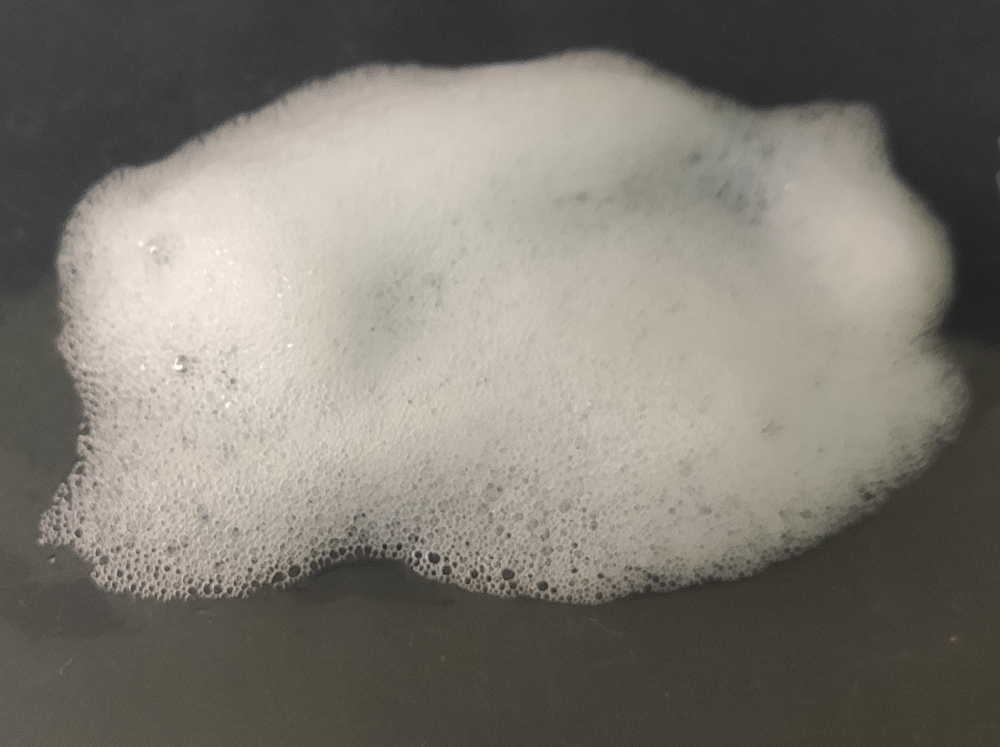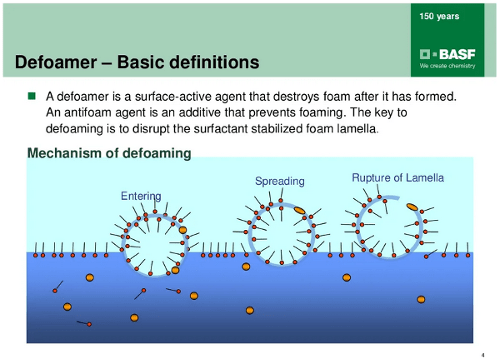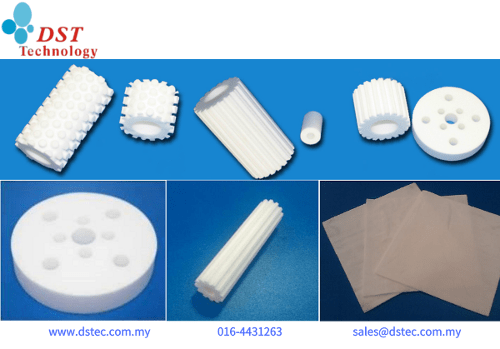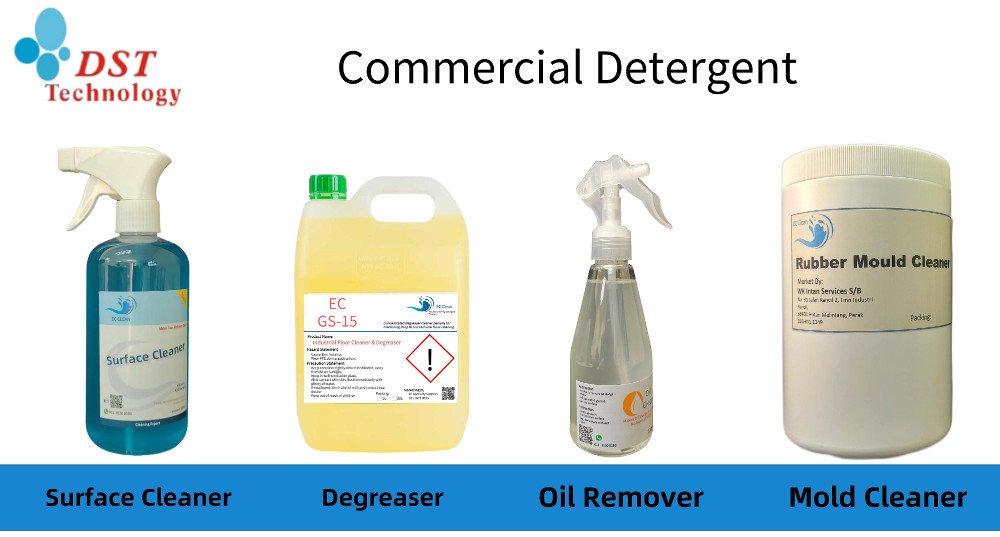Use Alcohol as a Defoamer Agent
- On Nov, 25, 2023
- admin
- Others, Surface Cleaning
Before we delve into the use of alcohol as a defoamer, let’s take a moment to review the concept of a defoamer. A defoamer is a chemical additive designed to accelerate the elimination of foam or bubbles. In essence, a defoamer achieves this by altering the surface tension of the bubbles, leading to their rapid collapse.
The Mechanism of Using Alcohol as a Defoamer
The use of alcohol as a defoamer is because the alcohol has the below 2 characteristic:
Low Surface Tension
Alcohol is a chemical solution with low surface tension than water, once it spray on the bubble, the alcohol will lower than the localize surface tension. The immediate change of surface tension will cause an in-equilibrium for the bubble system and causing the bubble break.
Evaporation Rate
Another mechanism for the alcohol is the evaporation rate. The high evaporation rate also pull away the water film on the bubble surface and cause the foam breaking.
The Effectiveness of Alcohol as a Defoamer
While alcohol can indeed break foam with two different characteristics and achieve rapid results, it often falls short in terms of sustainability and continuous foam-breaking effects. When we discuss the application of a defoamer, the expectation is to maintain a continuous foam-breaking effect after the defoamer is applied to the bubble surface.
Bubbles can be disruptive during manufacturing processes, especially when they grow and lead to overflows. Since bubbles are continuously generated, relying solely on spontaneous foam breaking may not be sufficient or efficient in practical applications.
In manufacturing processes where bubble generation is ongoing, newly formed bubbles may not pose a problem initially. However, if these bubbles accumulate and persist, they can become troublesome. Process owners require a defoamer that consistently delivers effective and continuous foam-breaking action. This is where alcohol solutions may prove to be inadequate.
Choose the Appropriate Defoamer
Indeed, while defoamers share a common purpose, there are significant differences among the various categories of defoamer. Moreover, the wide array of defoamer options available in the Malaysian market can be confusing during the selection process. To make a wise choice, process owner should consider from below several key aspects:
- Defoamer Mechanism: Understanding the mechanism by which a defoamer operates is crucial. Different defoamer work in distinct ways, such as by breaking surface tension, destabilizing foam structures, or inhibiting bubble formation. Choosing a mechanism that aligns with the specific needs of the application is essential.
- Main Ingredient of Defoamer: The composition of the defoamer can vary significantly. Some defoamers use silicone-based compounds. The choice of main ingredients can impact the defoaming efficiency and compatibility with the process.
- Price: Budget considerations play a role in the selection process. Different defoamer comes with varying price points. However, it’s important to strike a balance between cost and performance to ensure that the selected defoamer meets the application’s requirements.
- Product Stability: The stability of the defoamer under the specific conditions of the process is critical. Ensuring that the chosen defoamer remains effective and stable throughout the process is essential.
By carefully evaluating these aspects and considering the unique demands of the application, process users can make informed decisions when selecting the most suitable defoamer for their needs.
In DST, we formulate our defoamer solution for difference application process. All the defoamer will categorize for certain manufacturing process. For instance, we have a defoamer commonly use in wastewater treatment plant. On the other hand, we do have the non-silicone based defoamer which purposely targeted for silicone aversion process.
If you are using alcohol for foam breaking now or not very certain about the defoamer selection, this is the moment to talk with DST. We are here to work with you to choose the suitable defoamer product for your application.






Leave a Comment